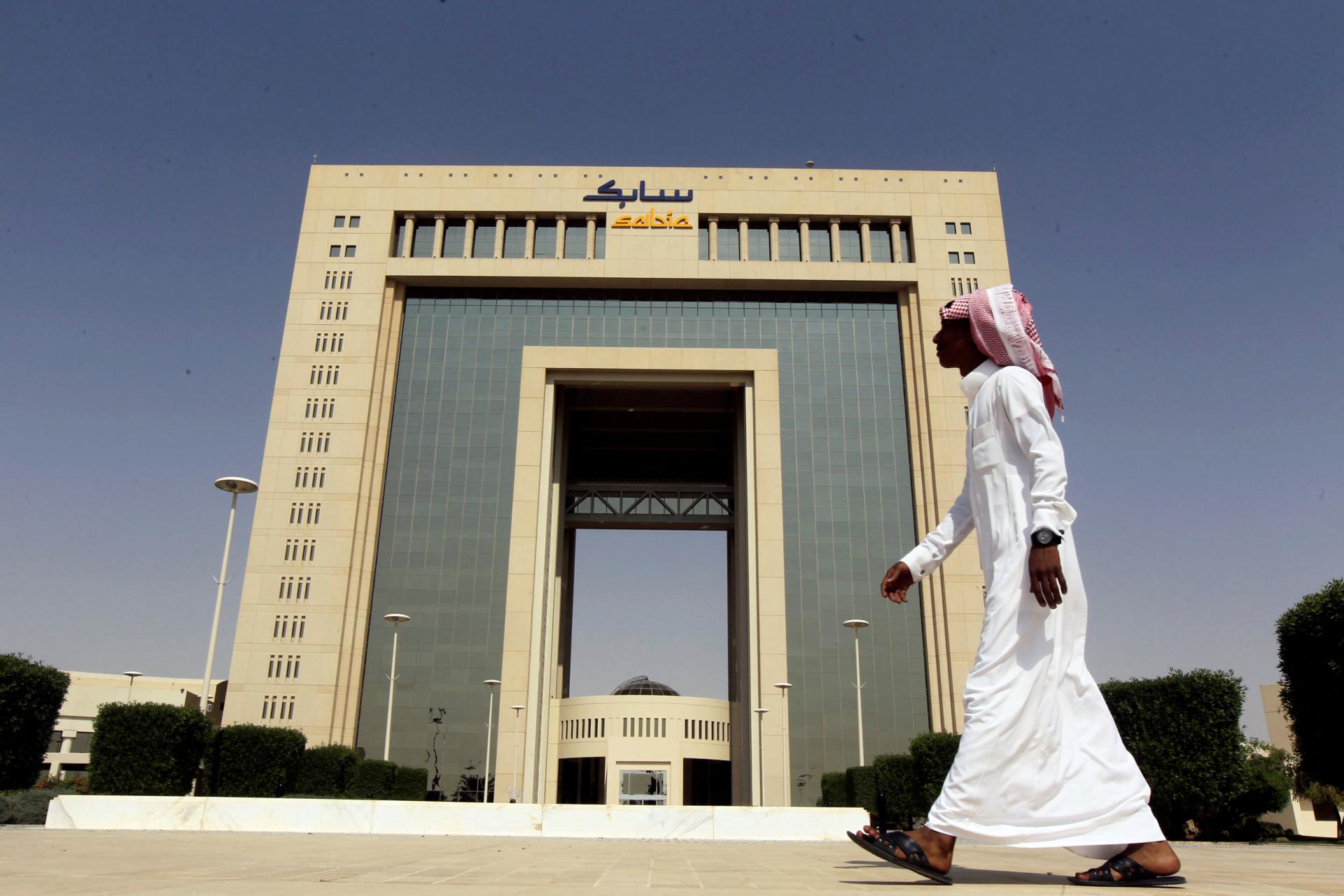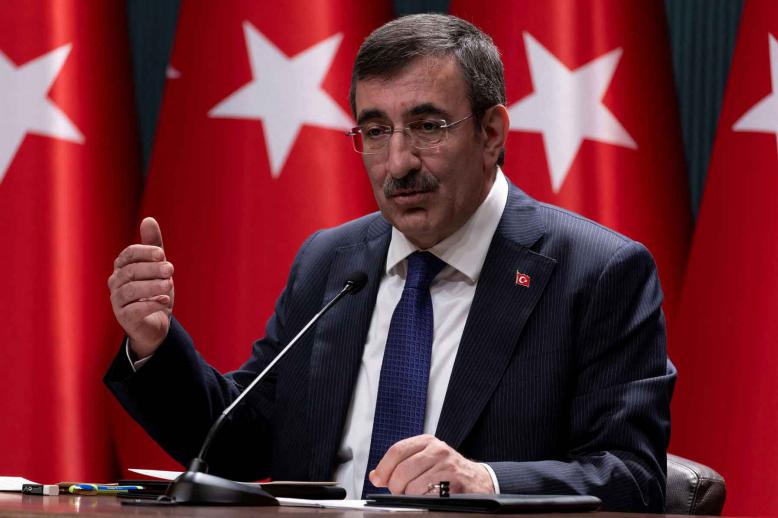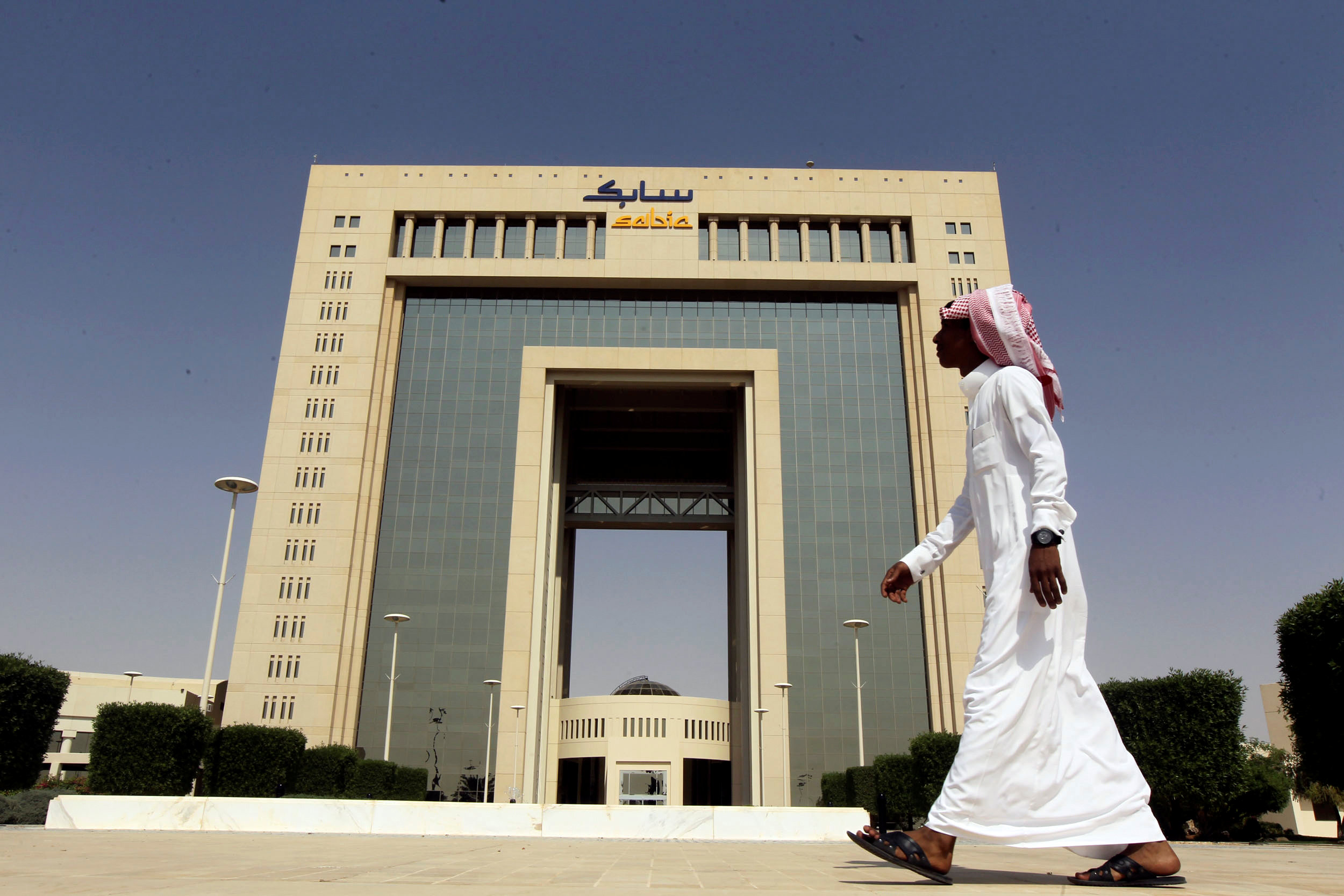Saudi Aramco and SABIC set to compete in US petrochemical market
Two of Saudi Arabia’s largest state-owned industrial powerhouses — Saudi Aramco and Saudi Basic Industries Corporation (SABIC) — are on the verge of competing against each other for the first time in the United States as Saudi Aramco works to expand its market share and grow its downstream businesses with an eye to its initial public offering.
Both firms are planning large-scale petrochemical complexes along the US Gulf Coast. Saudi Aramco is making its first foray into the US petrochemical industry and SABIC will be building on a small existing operation. Both projects apparently have been blessed at the highest levels of the Saudi and US governments.
In a ceremony in Houston attended by Saudi Crown Prince Mohammed bin Salman bin Abdulaziz, Saudi Aramco and several partner firms signed memoranda of understanding (MOUs) to develop a giant petrochemical complex at its Port Arthur, Texas, refinery.
In 2017, Saudi Aramco’s US subsidiary Motiva Enterprises assumed total ownership of the Port Arthur refinery, the largest in the United States, following the breakup of the joint venture that Saudi Aramco had with Royal Dutch Shell. With full ownership of the refinery, not only can Saudi Aramco ensure that the facility is supplied entirely with its own crude for refining, it can use its oil as feedstock in petrochemical production.
Saudi Aramco pledged to invest $18 billion in the Port Arthur refinery, which has the capacity to process up to 603,000 barrels per day (bpd) of crude. Motiva intends to boost the plant’s capacity with a target of 1.5 million bpd and move quickly into the petrochemical business.
Building on the latter part of its pledge, Saudi Aramco CEO Amin Nasser signed two MOUs valued at $8 billion-$10 billion with US firm Honeywell and British company Technip.
The MOU with Honeywell would study the use of the US firm’s technology in an aromatics unit that would convert gasoline by-products benzene and paraxylene into 2 million tonnes annually of feedstock for chemicals and plastics.
The second MOU would provide Saudi Aramco with the use of Technip’s mixed-feed ethylene production technologies in the United States, enabling Motiva to produce 2 million tonnes a year of ethylene, which is the primary building block in producing plastics.
Saudi Aramco has stated that a final investment decision on constructing the petrochemical complex at Port Arthur is “dependent on strong economics, competitive incentives and regulatory support.” Approval of the project is unlikely to occur until 2019.
SABIC, the Saudi petrochemical giant, is further along in the process of building a large-scale petrochemical complex but the project has not yet broken ground at the proposed site on the US Gulf Coast.
SABIC, which is 70% owned by the Saudi government and the fourth largest petrochemical company in the world, announced plans in the summer of 2016 to work with US oil major Exxon Mobil to study the merits of jointly building and owning a complex in either Texas or Louisiana, with the focal point being a 1.8 million-tonne-per-year ethylene plant as well as two polyethylene plants and one mono-ethylene glycol plant.
The SABIC-Exxon project gained traction during US President Donald Trump’s trip to Saudi Arabia in May 2017, when executives from the two companies signed an agreement to conduct a detailed study of a jointly owned petrochemical complex in San Patricio County, Texas.
SABIC and Exxon Mobil have enjoyed a 35-year-long partnership in operating two petrochemical complexes in Saudi Arabia but the San Patricio development would be their first collaboration in the United States and would expand Saudi firm’s limited presence in the country.
While Saudi Aramco will be capitalising on using its own crude as feedstock for running its intended US petrochemical operations, the SABIC-Exxon joint venture plans to take advantage of cheap and readily available shale gas from southern Texas in producing chemicals and plastics at the San Patricio site.
Ironically, it was the Saudi government’s move in December 2015 to slash subsidies on the price of Saudi ethane — the kingdom’s primary feedstock for petrochemical production — and the price of natural gas that drove SABIC to look to the US Gulf Coast for cheaper feedstock and to a location to expand its petrochemical empire.
The San Patricio complex is estimated to cost $10 billion. Construction is not expected to begin until 2019 with completion slated for 2021 but the joint venture has reportedly already awarded more than a dozen plant-related contracts.
The incentives and circumstances may be entirely different for why Saudi Aramco and SABIC are pursuing major petrochemical projects in the same foreign neck of the woods at roughly the same time but it will be fascinating to watch as the two Saudi state giants potentially vie against each other for the same customers.
This article was originally published in The Arab Weekly.







